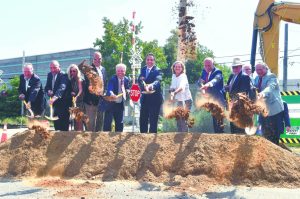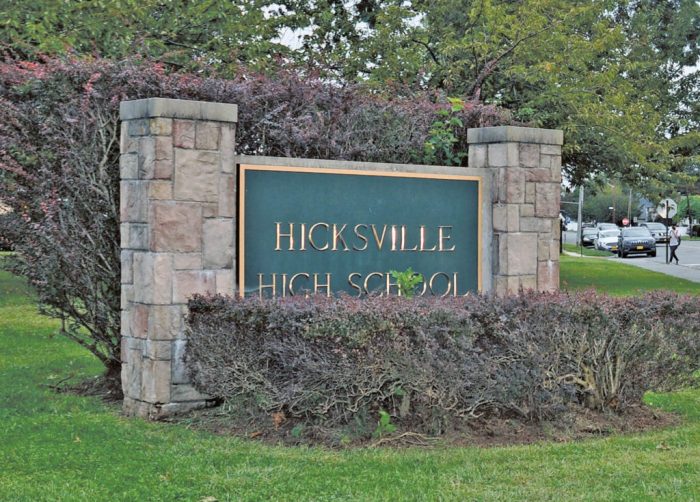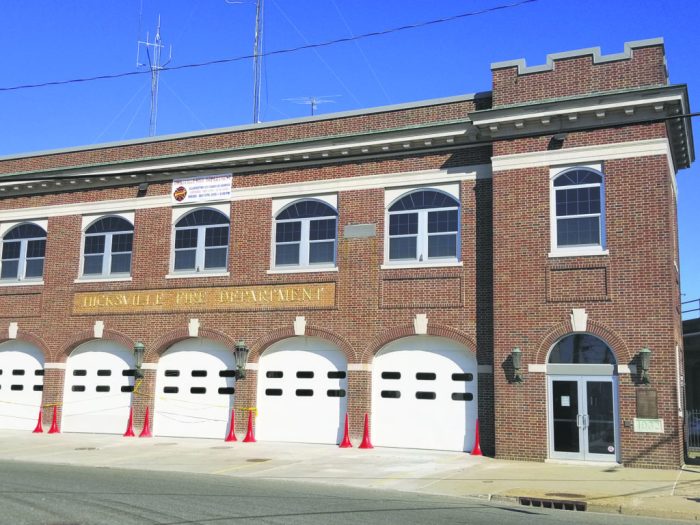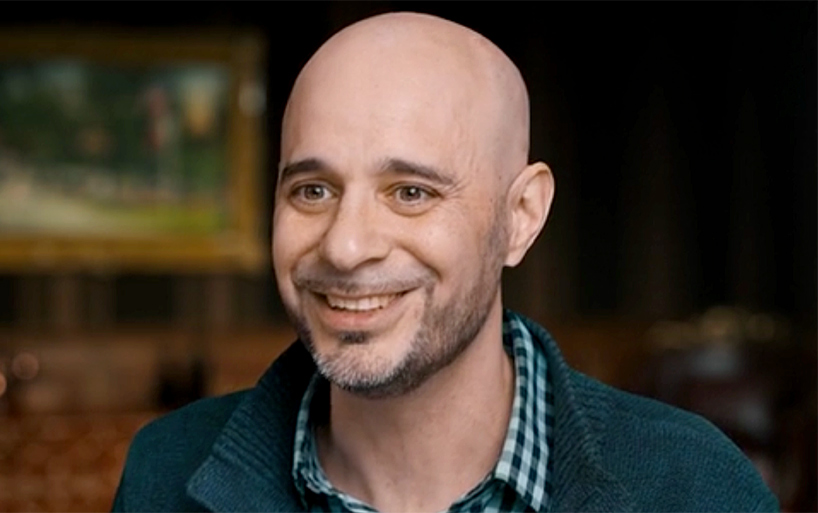Third Track Completion By 2022

The Long Island Rail Road (LIRR) has stated construction on the third track project. The $2.6 billion expansion effort includes 50 projects to modernize 9.8 miles along the congested main line of the LIRR between Floral Park and Hicksville. Those projects include adding a third track, eliminating all seven street-level grade crossings within the project corridor, adding new power substations and parking, and modernizing track and signal infrastructure. Forty percent of LIRR riders pass through the main line.
“Since the 1940s, people talked about adding a third track and modernizing the main line corridor, and now we’re actually doing it,” Governor Andrew Cuomo said. “These projects will create smoother and more reliable service for LIRR passengers while at the same time improving public safety by eliminating dangerous grade crossings. The LIRR is the backbone of the region’s economy and this expansion effort will boost growth for generations.”
Benefits of the project will include smoother and more reliable commutes, safer and quieter crossings, improvements to stations and parking facilities, reduced noise along the project corridor as well as less congestion and cleaner air.
Project elements along the main line corridor include:
• 9.8 miles of a new third track.
• Seven grade crossing eliminations, including Covert Avenue, South 12th Street, New Hyde Park Road, Main Street, Willis Avenue, Urban Avenue and School Street.
• Seven bridge replacements and modifications, including South Tyson Avenue Bridge, Plainfield Avenue Bridge, Tanners Pond Road/Denton Avenue Bridge, Glen Cove Road Bridge, Meadowbrook Parkway Bridge and Cherry Lane Bridge.
• Five station improvements, including New Hyde Park Station, Merillon Avenue Station, Mineola Station, Carle Place Station and Westbury Station, in addition to ADA-compliant elevators at Floral Park Station.
• Seven substation replacements, including those at Floral Park, New Hyde Park, Merillon Avenue, Mineola, Carle Place, Westbury and New Cassel.
• 7.5 miles of sound/retaining walls.
• Additional improvements throughout the project corridor.

At the governor’s direction and after 70 years of stagnation, the state, MTA, local officials and Long Island communities are moving forward on this $2.6 billion project. The transformative new plan differs significantly from past proposals. The plan takes no residential properties, eliminates the seven street-level grade crossings, and widens or increases the height of seven bridges across the line to prevent bridge strikes.
“[This] is a grandly historic day for the LIRR and the MTA. This project will help the railroad overcome day to day operational challenges and dramatically increase capacity, and it will unlock the railroad’s potential to serve reverse peak travel and propel Long Island as an economic growth engine,” said MTA Chairman Joseph Lhota. “It has been a wish list item for as long as the MTA has existed, and today it is clear it will become a reality.”
As part of the transformative project, the state is also undertaking a comprehensive noise abatement program—replacing all tracks and building the new third track with advanced dampening technology. The project also includes sound-reducing walls along nearly six miles of residential neighborhoods along the mainline, and features architectural treatments to complement the surrounding environments.
The LIRR will also replace power infrastructure throughout the system with seven new traction power substations to improve reliability and increase capacity enough to power three LIRR trains traveling simultaneously. In addition, to increase safety, the system will add positive train control to prevent operator error.
“This project is innovative in many ways. It’s a design build project, which delivers better budget and more certain schedule,” said MTA Chief Development Officer Janno Lieber. “And we have designed to minimize community impacts and created significant economic incentives for the contractor to respect community commitments. We’re showing how the MTA is changing to deliver benefits to the public faster, better and less expensively.”
To ensure community input throughout the entirety of the extensive project, the LIRR has entered into memoranda of understanding with the communities on the main line third track. The MOUs invite input on project design, including aesthetic design of certain project elements such as sound walls, consideration for traffic and parking, utilities, drainage, pest and dust control, transit-oriented development, construction schedule and duration, and community safety and quality of life.
The third track expansion project is expected to be substantially completed by the end of 2022.
“The complete transformation of the Long Island Rail Road is what this region needs,” said LIRR President Philip Eng. “People across Long Island will begin to experience the world-class railroad they expect and deserve.”
Work on the main line is part of the historic $6 billion transformation of the Long Island Rail Road to strengthen the region’s transportation infrastructure and usher in a new era of economic growth. In total, approximately 100 transformative LIRR capital projects are moving forward, including the main line third track, double track, Jamaica Station reconstruction, 39 renovated Long Island Rail Road stations and grade crossing eliminations.
The project team has engaged in an unprecedented level of public outreach with a broad range of individuals and organizations including community groups, elected and appointed officials, businesses and residents. Many of the project’s elements and construction impact minimization measures are the direct result of input given by the public. A series of environmental and community commitments were developed over the course of the planning phase in coordination with many stakeholders along the project corridor.
—Submitted by the Office of Governor Andrew Cuomo



































